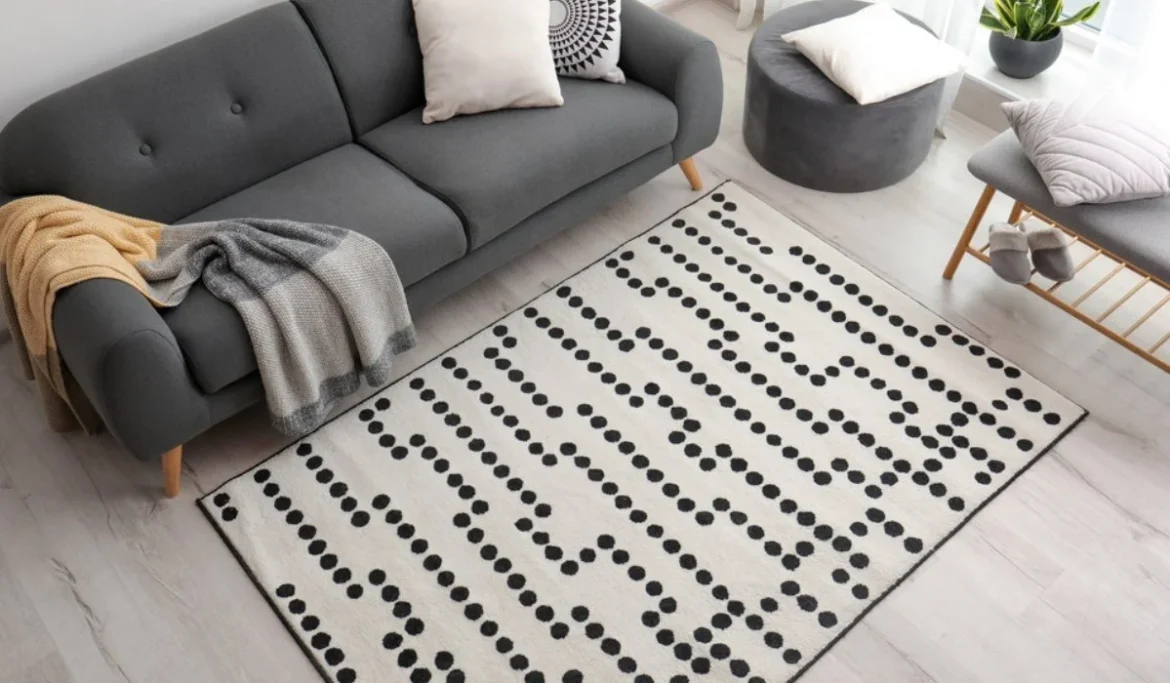Choosing the best carpet for your home or office involves considering various factors to ensure it meets your aesthetic preferences, durability needs, and functionality requirements. Here are some important tips to help you select the right carpet:
Consider Foot Traffic:
Determine the level of foot traffic the carpet will endure. For high-traffic areas like hallways, entryways, or commercial spaces, choose carpets with a dense construction and a durable fiber such as nylon or polyester. In low-traffic areas like bedrooms, you have more flexibility in choosing softer, plusher options.
Fiber Type:
Different carpet fibers offer various characteristics in terms of durability, stain resistance, and feel. Common fiber options include:
- Nylon: Highly durable, resilient, and resistant to stains.
- Polyester: Soft, eco-friendly, and resistant to fading.
- Wool: Luxurious, naturally stain-resistant, and durable.
- Olefin (Polypropylene): Stain-resistant, affordable, and suitable for indoor or outdoor use.
Consider the Twist:
Look for carpets with a higher twist per inch (TPI) as they tend to be more durable. Higher TPI indicates more tightly twisted fibers, which can resist matting and crushing.
Pile Height and Density:
Pile height refers to the length of the carpet fibers. For high-traffic areas, choose shorter pile height to minimize wear and make cleaning easier. Density refers to how closely the fibers are packed together. Higher density carpets tend to be more durable and resistant to wear.
Stain Resistance:
Consider carpets with built-in stain-resistant treatments or fiber options known for their stain resistance. This is especially important in areas prone to spills or heavy use. Stain-resistant treatments can make cleaning up spills easier and help prevent permanent staining.
Maintenance and Cleaning:
Some carpets require more maintenance than others. Consider the carpet’s cleaning requirements, such as vacuuming, professional cleaning, or spot treatments. Ensure it aligns with your maintenance preferences and lifestyle.
Style and Design:
Choose a carpet that complements your interior design scheme and personal preferences. Consider the color, pattern, and texture options available. Lighter colors can make a space feel more open, while darker colors can hide dirt and stains better.
Budget:
Set a budget for your carpet purchase and explore options within that range. Remember to consider the long-term cost of maintenance and potential replacements when assessing the overall value.
Installation:
Ensure you hire a professional installer experienced in handling the type of carpet you choose. Proper installation is crucial for maximizing the carpet’s performance and longevity.
Warranty and Quality:
Review the manufacturer’s warranty and understand its coverage. Look for reputable brands known for producing high-quality carpets.
By considering these Floorspace Tips and Tricks, you can select a carpet that meets your specific needs, enhances your space’s aesthetics, and provides long-lasting comfort and functionality.
